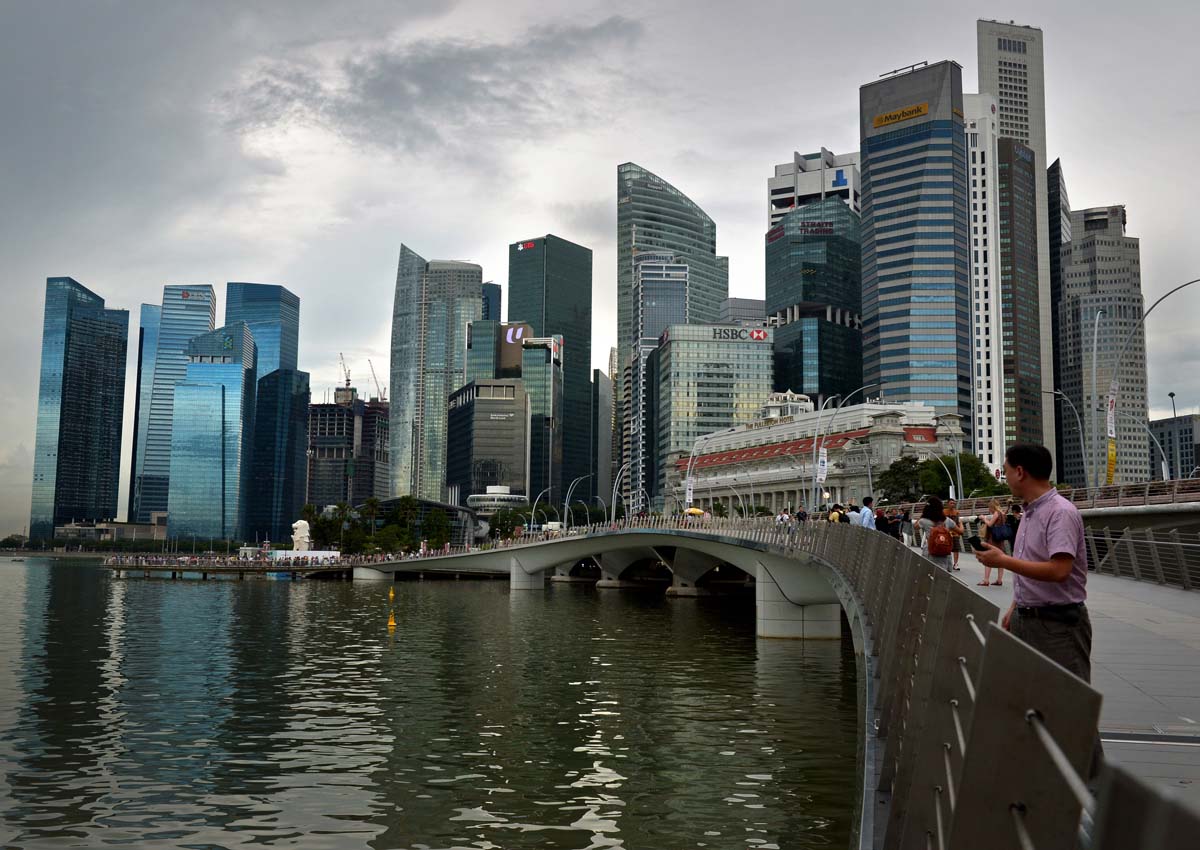Your future home might be planned using virtual reality, built with a 3D printer and inspected by a robot for quality.
What may sound like a sci-fi movie could become reality in a few decades as Singapore ramps up its construction productivity and employs more efficient building methods.
Construction site productivity has grown by an average rate of 1.3 per cent per year since 2009 but there is still room for improvement, said National Development Minister Lawrence Wong yesterday at the launch of the Singapore Construction Productivity Week at the Singapore Expo.
As such, the Government is adopting a string of measures to raise productivity growth to the national target of 3 per cent per year.
This comes amid a need to overcome manpower constraints as Singapore continues to develop and take on more construction projects, such as the upcoming Jurong Lake District and waterfront city at Tanjong Pagar, Mr Wong said.
The Building and Construction Authority (BCA) has come up with a new road map that will see the industry develop, adapt and adopt technologies in areas such as robotics, 3D printing and prefabrication in factories.
Such methods, some of which are already in practice here, are expected to speed up the building process, rely on fewer workers and boost construction quality.
About 400 industry players, public agencies, institutes of higher learning and research institutions were consulted for this road map.
“BCA will now study how we can support these different research priorities and give them a greater push,” said Mr Wong.
BCA chief executive John Keung said the first step is to look for funding for such technologies, which are typically more expensive. But he is not too worried about cost.
Said Dr Keung: “Once the industry is familiar with (such technologies), there will be economies of scale… and the cost will come down.”
Some of these technologies were on show yesterday at the event’s BuildTech Asia exhibition, organised by Sphere Exhibits and hosted by BCA.
Nanyang Technological University’s Singapore Centre for 3D Printing, for instance, showcased a 3D printer that can produce concrete structures.
The Government will also look at stipulating productivity outcomes, such as manpower savings, for future Government Land Sales (GLS) sites, but without mandating any specific technology.
Currently, the use of specific technologies, such as prefabricated pre-finished volumetric construction, has been mandated for selected GLS sites.
But the new requirement will allow “more innovation and scope” for firms bidding for the sites to come up with their own productive methods, said Dr Keung.
yeosamjo@sph.com.sg

Get MyPaper for more stories.






